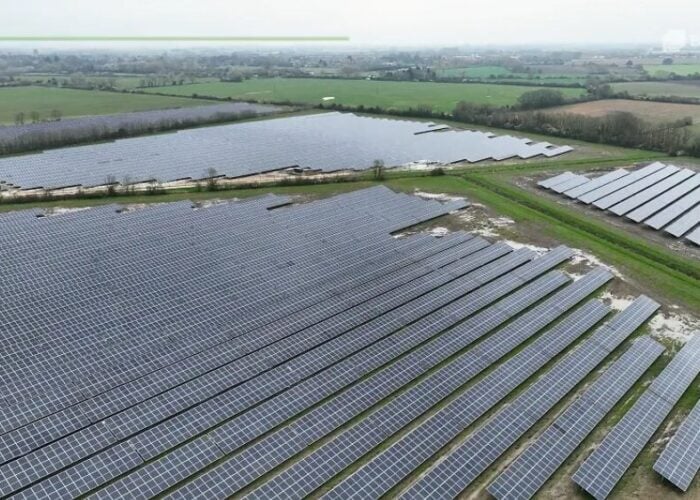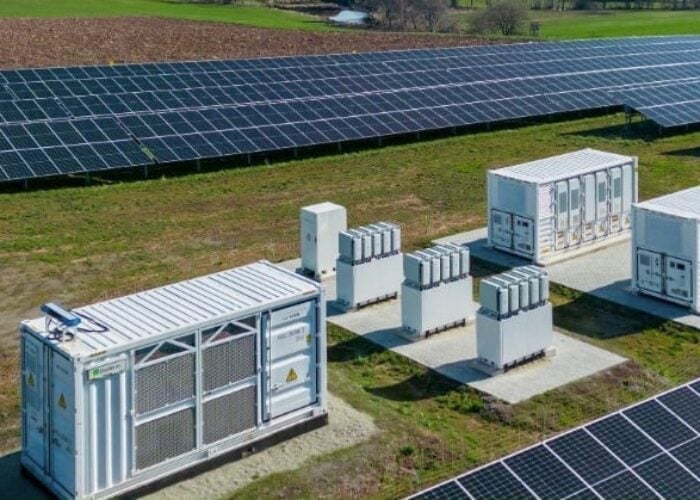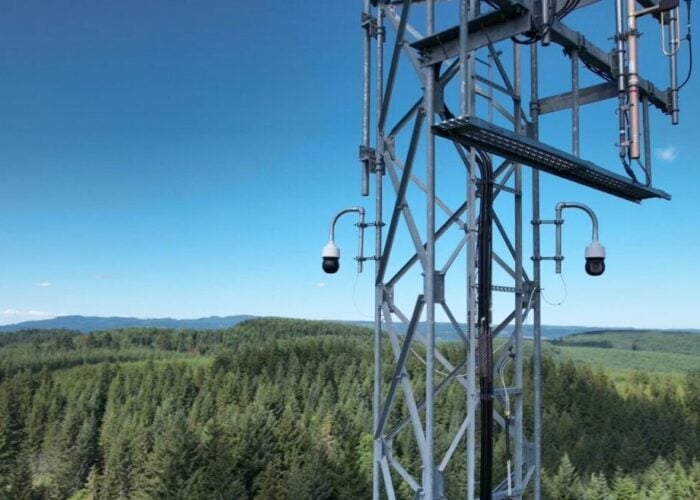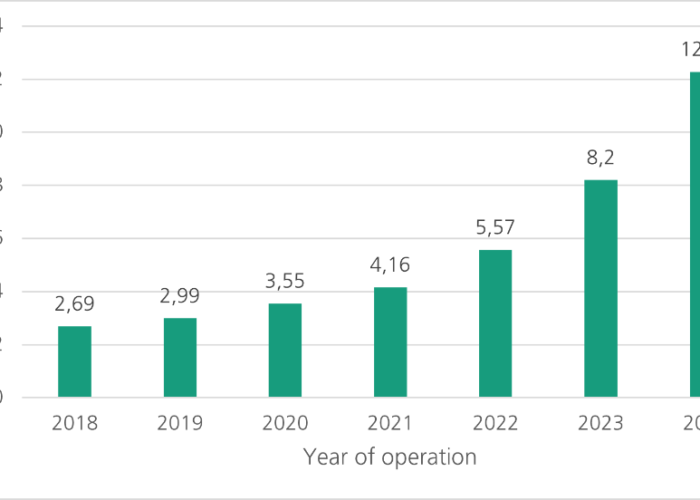Ascent
Solar Technologies has been selected by the U.S. Air Force Research
Laboratory (AFRL) for a Broad Agency Announcement award to develop
high-performance thin-film multijunction solar cells based on the
company’s flexible monolithically integrated CIGS technology. The
collaboration will see the AFRL pay Ascent approximately $1.5 million
over the next 48 months.
The AFRL has been funding research into the development of the CIGS technologies at ITN Energy Systems since 1995, and has now selected Ascent Solar to carry out development of the multijunction devices, which consist of a stack of solar cells, with each individual cell constructed to collect one portion of the solar spectrum. This format can yield high cell efficiency performances, according to Ascent.
Try Premium for just $1
- Full premium access for the first month at only $1
- Converts to an annual rate after 30 days unless cancelled
- Cancel anytime during the trial period
Premium Benefits
- Expert industry analysis and interviews
- Digital access to PV Tech Power journal
- Exclusive event discounts
Or get the full Premium subscription right away
Or continue reading this article for free
“We are excited about this new opportunity to work with AFRL. The program will support the continued development of our new multijunction technology platform from which we intend to proceed with multijunction devices and prototype module demonstrations,” said Dr. Joseph Armstrong, Ascent Solar CTO. “Efficient conversion of the sun’s energy is very critical to space and near-space applications, in that higher efficiencies correlate to smaller, lighter-weight solar arrays, and significantly lower launch cost. The technology that we intend to develop under this new program should also benefit our terrestrial building integrated photovoltaic (BIPV) applications, such as roofing tiles and building facades that operate at elevated temperatures.”
By Síle Mc Mahon






